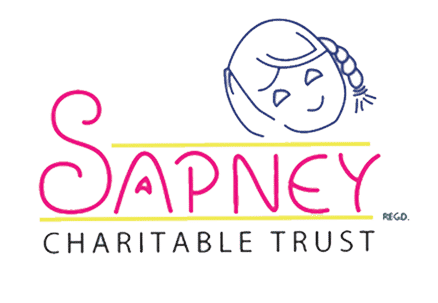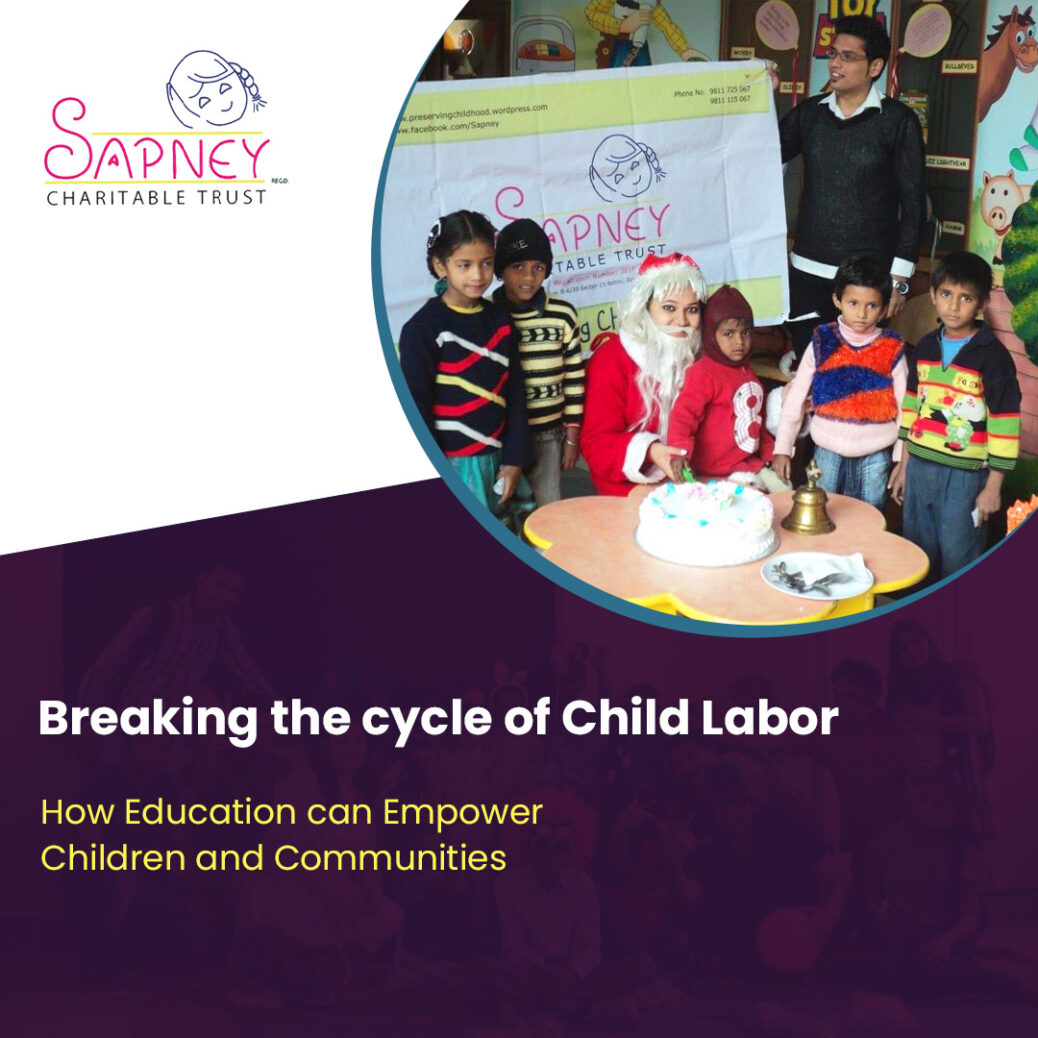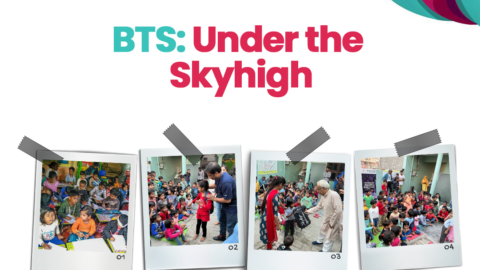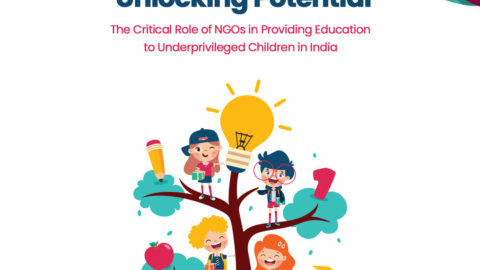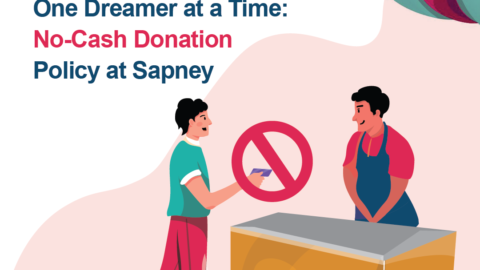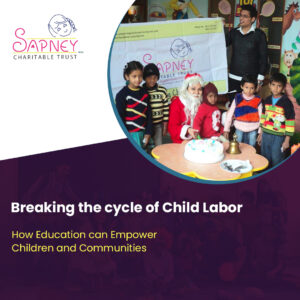
Child labor remains a grave concern in many regions of the world, including the nation of Bangladesh. Despite the commendable efforts of the government to tackle this problem, a substantial number of children still toil in dangerous circumstances, which deprives them of their fundamental rights to education and secure childhood.
This issue disproportionately affects children who hail from marginalized backgrounds, such as those living in poverty, lacking access to essential resources like healthcare and education, and those belonging to minority groups.
Understanding the Cycle of Child Labor
Recently, there has been a growing realization that the mere elimination of child labor is insufficient to address this issue effectively. Instead, exploring alternative approaches that safeguard children from exploitation and equip them with the necessary knowledge and skills to thrive in life is imperative.
This strategy holds particular significance in the context of Bangladesh, where poverty and a dearth of opportunities serve as major catalysts for the persistence of child labor.
Breaking the Cycle of Child Labor through Education
Education is the key to breaking the cycle of child labor. Education empowers children with the knowledge and skills they need to create a better future for themselves and their communities. Providing children with education can ensure they have access to better job opportunities and a higher quality of life.
Education also empowers communities to create better opportunities for their children. By investing in education, communities can create a better future for their children, breaking the cycle of poverty and deprivation. Education can also provide children with the skills they need to participate in the economy, contributing to their families’ income without working in hazardous and exploitative conditions.
However, it is important to note that education cannot solely bear the responsibility of breaking the cycle of child labor. The government and non-governmental organizations have a crucial role to play in this regard. Governments must invest in education, ensuring children have access to quality education regardless of their socio-economic background. Governments can also enforce laws and regulations that protect children from exploitative and hazardous labor.
The Role of Governments and NGOs
Governments and NGOs have a crucial role in breaking the child labor cycle through education. Governments can invest in education, ensuring that children have access to quality education regardless of their socio-economic background. Governments can also enforce laws and regulations that protect children from exploitative and hazardous labor.
NGOs can complement governments’ efforts by providing education and vocational training to children at risk of child labor. NGOs can also support families, ensuring they have access to basic services like healthcare, sanitation, and nutrition. By providing holistic support to families and children, NGOs can help break the cycle of child labor and empower communities to create a better future.
Conclusion
Child labor is a distressing reality that perpetuates poverty and deprivation. Education is the key to breaking the cycle of child labor and empowering children and communities to create a better future. Governments and NGOs have a crucial role to play in investing in education and providing support to families and children. By working together, we can break the cycle of child labor and create a brighter future for children around the world. Let us commit to investing in education and creating a world where every child has the opportunity to realize their full potential.
